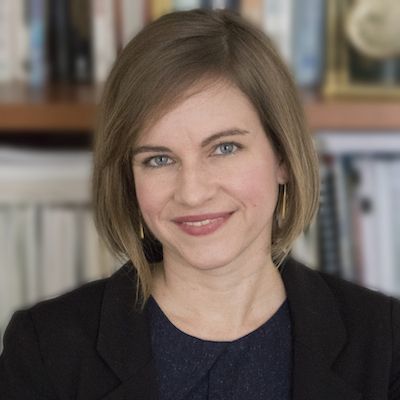Mental Health Crisis Hotline Use Spikes During COVID-19
An expert projects annual national prevention lifeline calls will reach 3.7 million by 2023.

Kimberly Williams
At a time when emergent care has become prioritized and telemedicine is applied in nearly every clinic in the US, the demand of mental health crisis hotlines has spiked.
In a session of the American Psychiatric Association’s (APA) Spring Highlights Meeting 2020, Kimberly Williams, president and chief executive officer of Vibrant Emotional Health, showed that inbound calls to the NYC Well crisis counseling and support line has risen by approximately 50% in the month since the coronavirus 2019 (COVID-19) spread forced residential and business shutdowns.
The boom in callers seeking mental health support highlights both the current challenge of keeping up with rapidly increasing telemedicine requests and referrals, and the status of crisis hotlines as the national mental health “safety net”—particularly in emergent situations.
“They provide rapid crisis intervention, delivering help right away from trained crisis counselors who respond to specific needs, actively engage in collaborative problem solving, and assess risk for suicide,” Williams explained.
According to Vibrant data, the spike in volume also coincides with annual increases observed in both calls and texts to the hotline since 2017. In that time, NYC Well has been able to speak to an identified client approximately 80% of the time. The remainder of contacts are split between care providers and friends or loved ones of someone in need of help.
Most commonly, people are using hotlines regarding concerns of their mood, a stressful life event, interpersonal issues, or anxiety concerns.
Williams cited the value of the varied federal and local crisis hotlines available to the New York City region alone, including NYC Well, National Suicide Prevention Lifeline, the Veterans Crisis Line, the NFL Lifeline, 1877-8-HOPENY, and LifeNet.
LifeNet, she noted, played a critical role in responding to the region’s mental healthcare needs following the September 11 attacks—“the single most important asset in the response,” a 2006 SAMHSA report stated on the service’s referral and hotline service.
The other hotlines have also shown early benefit for both providing suicide prevention measures, as well as means to gauge the rate of suicidality or mental health concerns among a population. Data from the national lifeline in 2003-2004 showed about a quarter present with suicidal thoughts, plans, or attempts. Nearly 60% had previously attempted suicide, and about 8% were actually in the process of attempting suicide during their call.
Investigators observed significant reductions in anxiety, helplessness, hopelessness and suicidality following their call and 3 weeks-post care. One in every 8 reported the call prevented them from committing suicide.
In considering the growth in national lifeline calls since 2010, investigators now project annual calls to reach 3.7 million by 2023—a 10-year increase of 161%.
Now, with a House of Representatives-approved 2018 bill to pursue a three-digit number for national prevention lifeline access, the Federal Communications Commission is considering a recommendation to streamline mental health crisis care, with an emphasis on “cognitive access”: in short, an easier phone number to remember, like 9-1-1.
The number, Williams noted, will likely be proposed and designated as 9-8-8. Officials will need to review and implement technical, infrastructure, and personnel needs, and then marketing and promotion of the new line will begin.
Until then, the value of crisis hotlines of every form is not lost on a population undergoing an unprecedented moment in history.
The session, “Crisis Hotlines are Key to Transforming Care Delivery,” was presented virtually at APA 2020.